John & Bianca
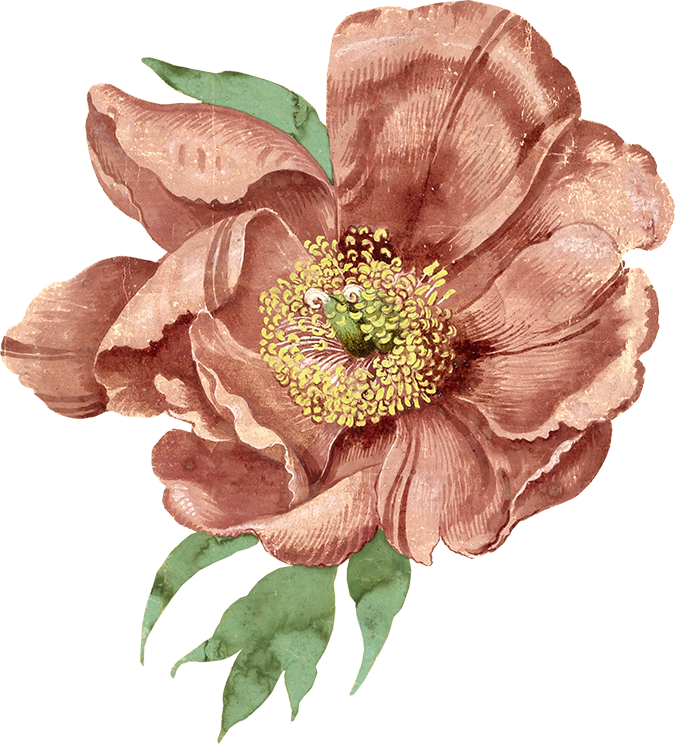

Things To Do
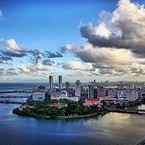
Recife City
Recife is a recognized center of culture and leisure services of northeastern Brazil. It is also the main theatrical, gastronomic, and medical hub of the region. The city comprises several tourist attractions. From the harmonious contrast between the old monuments of Recife Antigo (the old town) and the modern buildings of the business center of the city; the various scenic spots with rivers, many bridges; several beaches, such as Boa Viagem are urbanized, beautiful, and inviting to bathe in natural pools; the artistic and popular expressions and the hospitality of its people make the city a real charm. The Parque das Esculturas, an open-air museum with about 90 works by the artist Francisco Brennand, was built in the year 2000 in celebration of 500 years since the discovery of Brazil. Nearby is the zero mile marker square, foundation point of the city and one of the most important sites of the capital of Pernambuco. That is what Recife is. Beautiful by nature and full of personality.
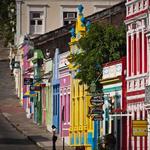
Olinda City
A few minutes away from Recife, Olinda is a charming place for its Carnival that attracts thousands of visitors. It was once the richest city of the Colony Brazil and today is considered one of the best preserved regions of such times. All this historical heritage won Olinda the accolade of being a World Cultural Heritage Site by UNESCO. Its famous sloping streets comprise a historical site with beautiful churches, in addition to baroque buildings, mansions, studios, and museums. The third largest city of Pernambuco, Olinda is home to numerous internationally renowned artists and artisans. At Ribeira Market, you can find several workshops and craft galleries, and the Alto da Sé Craft Market is also a great place to find typical souvenirs such as leaflets of cordel literature and carved wooden masks. There you can also try tapioca (a typically Brazilian delicacy of Indian origin, made from cassava flour and traditionally stuffed with sour-milk cheese and coconut).

Instituto Ricardo Brennand
The Ricardo Brennand Institute is a Brazilian cultural complex in Recife, capital of Pernambuco. Founded in 2002 by a collector and entrepeneur from Pernambuco, Ricardo Brennand, the complex has an armory Museum, a library, a pinacotheca and also a park with an immense green area, ideal for a peaceful walk with the family. Inside the castle, the armory museum has the largest collection of old weapons in the world, with more than 3,000 items. The library has a collection with more than 20,000 items, such as books, vinyl records, photographs, iconographic albums and rare works, all approaching the Brazilian colonial era. The pinacotheca is large enough to host two different exhibition simultaneously and has high technology equipment. Beside the exhibition hall, there is an auditorium, restrooms, gift shop, cafeteria, library and an event hall. You must take this trip back to the past.

Boa Viagem Beach
Boa Viagem Beach is located in the Boa Viagem neighborhood, a noble area of the city of Recife, state of Pernambuco. Full of tall and modern buildings and hotels that shadow the sand at certain times of the year. Its green waters are protected by a long strip of coral reefs, a natural barrier that keep swimmers safe during low tide. The place has great Infrastructure: sidewalks, restaurants, bike lanes, jogging tracks, sports courts, restrooms and gym equipment. It is great to have a seat in the sand and order a cold drink with caldinho de feijão (a local traditional bean soup) or sururu (common Northeastern coast seafood) or shrimp or other flavors. Despite the heat in the city, visitor likes to stay at the beach. You should try!

Kahal Zur Israel - First Synagogue in America
Kahal Zur Israel located in Rua do Bom Jesus, 197 Recife, Brazil, was a Jewish congregation in Brazil. It was established by Spanish/Portuguese Jews that had taken refuge in the Netherlands fleeing forced conversion and were joined by New Christians, who possibly helped to build the structure and were already living in the colony. The building is now used as a museum; no Jews have been known to use it as a synagogue in the last 400 years. A Torah and Bima have been modernly rectified to create a museum.
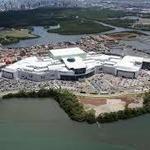
RioMar Shopping
Retail therapy is another popular pastime in this affluent city, with numerous glitzy designer stores to tempt the frivolous spender. For the best selection, head to the massive RioMar Recife, considered to be among the best shopping centers in Brazil.
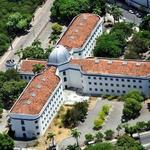
Casa da Cultura
After some shopping of a more traditional kind? Then pay a visit to the Casa da Cultura, a stunning artisanal marketplace that has been converted from a notorious prison. Live performances of traditional and contemporary music are common in the evenings.

Oficina Ceramica Francisco Brennand
Marvel at some incredible pottery Brazil’s finest ceramicist set up shop on the outskirts of Recife, converting his family’s abandoned tile factory into a whimsical array of immaculately crafted artworks. It’s within a short distance of Instituto Ricardo Brennand, so be sure to combine a trip to both. Oficina Ceramica Francisco Brennand, Propriedade Santos Cosme e Damião, Rua Diogo de Vasconcellos, S/N Várzea, Recife PE, 50740-970, Brazil, +55 81 3271 2466
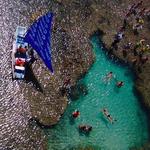
Porto de Galinhas
An hour or two south of Recife, Porto de Galinhas was made for the not-so-extreme tourist. Raves one traveler, "It's what it doesn't have that makes it great:" no heavy traffic, no nightlife to speak of. Explore the natural tidal pools that form in the reef, feeding fish that swim all around you; or ride a dune buggy to romantic Muro Alto beach. Or skip all that and doze in a hammock by the warm, green, clear Atlantic. For 10 years running, Porto de Galinhas had been named the best beach in Brazil, as voted for the Brazilian travel magazine Viagem e Turismo. Porto de Galinhas is still a small village with only a few of streets with a central square, called Pracinha. The village enjoys great weather all year round with a warm sea and permanent breeze and seemingly endless beautiful white beaches which are easily accessed from nearby Recife.